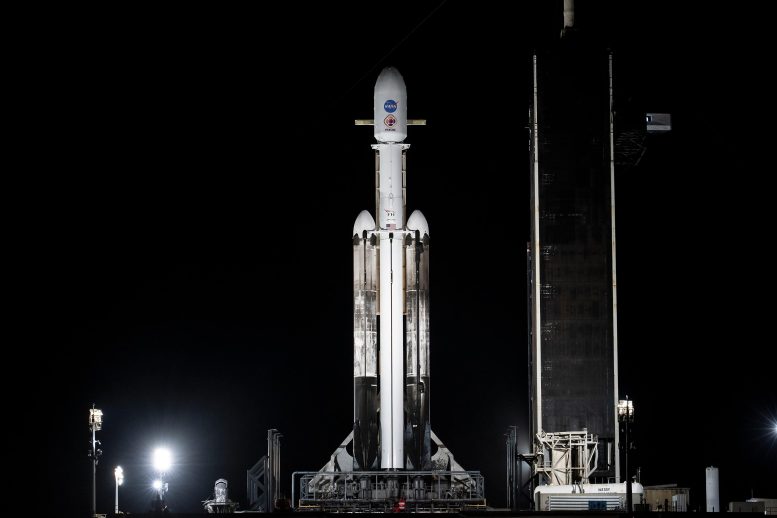
NASA’s Psyche spacecraft stands tall atop a SpaceX Falcon Heavy rocket at Kennedy Space Center’s historic Launch Complex 39A in Florida on Tuesday, October 10, 2023. Liftoff of the mission to the asteroid Psyche is now targeted for 10:19 a.m. EDT Friday, October 13. The spacecraft also is hosting a technology demonstration, NASA’s Deep Space Optical Communications (DSOC), which will be the first test of laser communications beyond the Moon. Credit: NASA
NASA hosted a prelaunch news briefing today to discuss the Psyche mission. NASA and SpaceX completed a launch readiness review on Tuesday, October 10, resulting in a “go” for launch of the spacecraft that will study a metal-rich asteroid orbiting the Sun between Mars and Jupiter.
However, NASA and SpaceX are standing down from the October 12 launch of the agency’s Psyche mission due to unfavorable weather conditions. NASA and SpaceX are now targeting launch at 10:19 a.m. EDT Friday, October 13, from Launch Complex 39A at Kennedy Space Center in Florida.
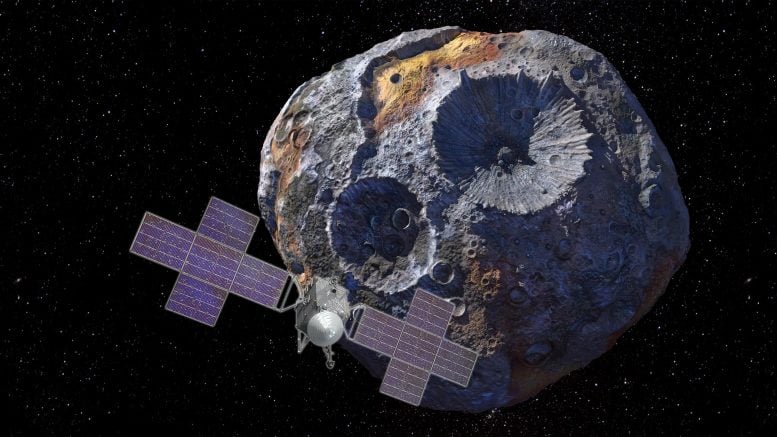
NASA’s Psyche mission to a distant metal asteroid will carry a revolutionary Deep Space Optical Communications (DSOC) package. Credit: NASA/JPL-Caltech/ASU
Overview of NASA’s Psyche Mission
The Psyche mission is one of NASA’s most ambitious projects, aiming to deepen our understanding of the building blocks of planet formation by exploring a unique metal-rich asteroid, also named Psyche, which orbits the Sun between Mars and Jupiter.
Objectives:
- Understand Building Blocks: One of the main objectives of the Psyche mission is to delve deeper into understanding the early solar system and how planets like our Earth formed. Studying Psyche might provide insights into the violent collisions that created terrestrial planets and how their cores and mantles separated.
- Metal World Exploration: Unlike most other asteroids that are icy or rocky, Psyche is made almost entirely of metal—primarily iron and nickel. This makes it a unique target for exploration. In fact, it’s believed that Psyche could be the exposed core of an early planet that lost its rocky outer layers through a series of violent collisions.
- Earth’s Core Analogy: As we can’t explore Earth’s core directly, studying Psyche may offer a window into the violent history of collisions and accretion that created terrestrial planets. It will provide a deeper understanding of the core, which remains one of the most mysterious parts of our planet.
Mission Details:
- Spacecraft: The Psyche spacecraft will be equipped with a multispectral imager, a gamma-ray and neutron spectrometer, and a magnetometer. The imager will provide high-resolution images, helping to understand the asteroid’s history by examining its surface. The spectrometer will detect, measure, and map Psyche’s elemental composition. The magnetometer will measure the asteroid’s magnetic field.
- Journey: The mission is set to launch atop a SpaceX Falcon Heavy rocket. After launch, the spacecraft will travel through the solar system for over three years before arriving at the asteroid.
- Duration: Once the Psyche spacecraft arrives at the asteroid, it will spend about 21 months in orbit, mapping and studying Psyche’s properties.
In essence, the Psyche mission is not just about exploring an asteroid—it’s about delving into the mysteries of the violent birth of our solar system, understanding more about the innermost secrets of our own planet, and answering fundamental questions about the building blocks of planetary bodies.

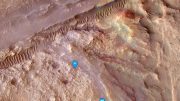



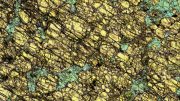


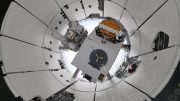
Be the first to comment on "NASA’s Psyche “Go” for Launch, but Weather Has Other Plans"